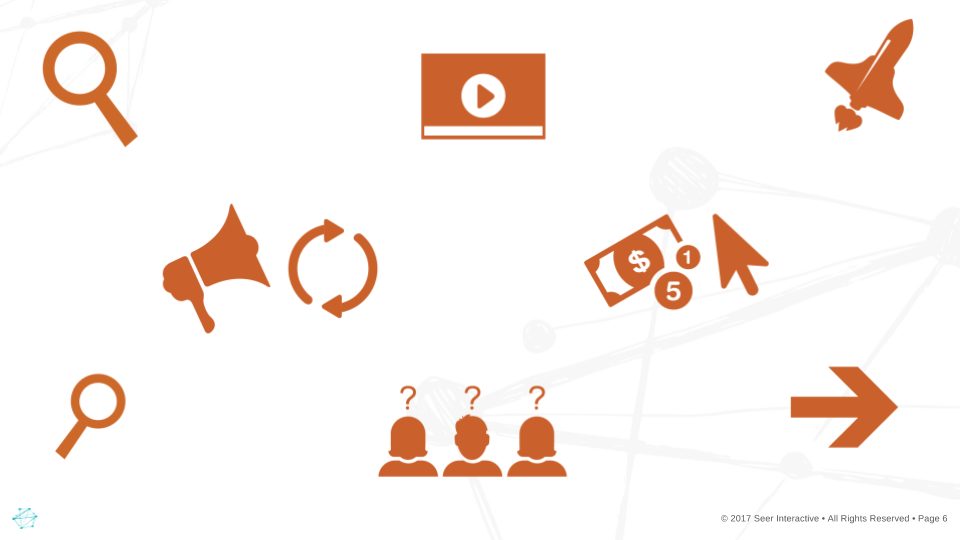Data-driven attribution can have a BIG impact on your ad spend, strategy, and ROI.
However, even with an advanced analytics setup, companies are still coming face-to-face with the modern attribution dilemma. How? Well, take this example. Karen has browsed your website 4 times over the past 3 months looking for a new vacuum.
- Her first visit came through clicking a Paid Google Search Ad.
- The second time, she came back to the site through Organic Search, after seeing a TV Commercial featuring your brand.
- She’s drawn back after a few days of seeing a Display Remarketing Ad for the vacuum that had gotten her attention in the first place.
- Finally, after several weeks of online browsing and research, she returns to the site Direct and places the order.
Digital marketing attribution can be as complex as the scenario above. This makes things more challenging when a company wants to know which channel to credit with the conversion.
Developing a model you can be confident in, and then processing your data through that model, requires a lot of time, money, research, and failure. Fortunately, Google recently launched Attribution 360. This product is available through the Google Analytics 360 Suite, Google’s paid version of Analytics, and is several steps above the suite’s existing Data-Driven Attribution platform.
Attribution 360 uses machine learning to assign weights to each touchpoint of a user’s journey. It spans different devices and channels, combining data from Google Analytics, AdWords, and Doubleclick to comprehensively determine Digital Attribution. Unlike Data-Driven Attribution, Google Attribution 360’s algorithm is not limited by a 90 day lookback window, offering more accurate conversion insights for businesses with longer decision cycles.
It also pulls in offline data for true cross-channel marketing. With Marketing Mix Modeling, everything from radio and print to digital is aggregated for users to gauge performance across all media. TV Attribution synthesizes advertisement airings data and search query data for keywords associated with that ad. It determines the impact of any given TV ad at a granular level as well.
More than ever before, marketers will be able to tie back both traditional and digital efforts to ROI, and re-strategize based on these findings.
If you want to get deeper into marketing attribution, read Google Marketing Attribution (Finally!) Explained and get to know the Seer Analytics team (@seeranalytics).
But if you’re ready to wholeheartedly battle your attribution demons…
Seer is a Google 360 reseller and Certified Google Partner, our Analytics team is happy to discuss how we can support your 2018 marketing attribution goals.
Subscribe to our newsletter to receive monthly digital marketing updates!

